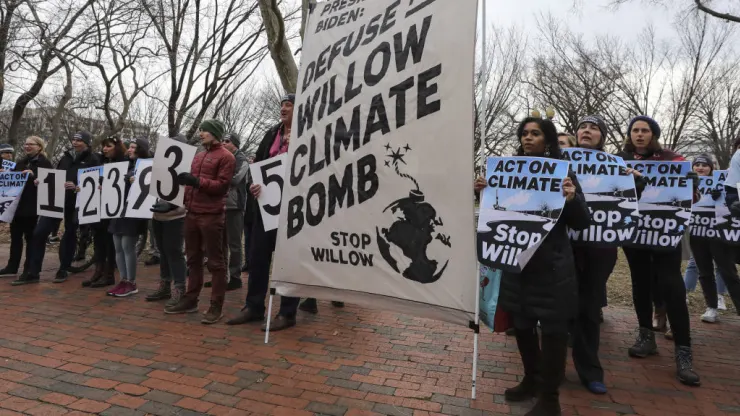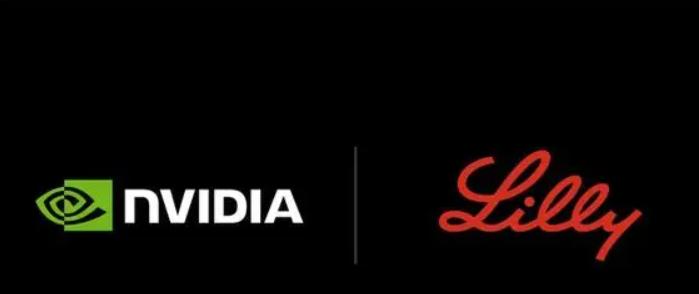
The Biden administration approved a major and controversial oil drilling plan in Alaska, known as Willow, just one day after unveiling protections for more than 16 million acres of land and water in the region.
The $8 billion plan, led by Alaska’s largest crude oil producer, would produce about 600 million barrels of oil over 30 years and generate around 278 million metric tons of carbon emissions, according to estimates from the U.S. Department of the Interior.
Under the plan, ConocoPhillips will be allowed to develop three well pads within the National Petroleum Reserve-Alaska, a 23 million-acre area that is the largest expanse of public land in the U.S.
The approval of Willow is one of the president’s most consequential climate decisions. Environmental groups have long condemned the plan, arguing it undermines the administration’s pledge to combat climate change and reduce greenhouse gas emissions. The project’s emissions would be about equivalent to what 66 new coal-fired power plants produce in a year.
Proponents of Willow, including the state’s congressional delegation and some Alaska Native tribal governments and residents of Alaska’s North Slope, have said the plan would create about 2,500 jobs, deliver up to $17 billion in revenue for the federal government and boost U.S. domestic energy security.
Prior to the president’s decision, the Interior Department’s Bureau of Land Management released an environmental analysis last month that proposed lowering the number of drilling sites from five to three under the project. The Interior said it had “substantial concerns” about Willow, including its direct and indirect emissions and its impact on local wildlife.
In addition to lowering the number of drill sites, the Interior said Monday that ConocoPhillips would relinquish rights to about 68,000 acres of existing leases in the National Petroleum Reserve-Alaska to the government, a decision it said would create a buffer from exploration and development in the region outside the project.

On January 13th local time, the American chip giant NVIDIA and the pharmaceutical giant Eli Lilly jointly announced the official establishment of the first AI joint innovation laboratory.
On January 13th local time, the American chip giant NVIDIA …
On January 9, 2026, a subpoena from the U.S. Department of …
When Trump announced on TruthSocial a 25% tariff on Iran's …
Recently, according to reports from KGO TV of ABC and CalMa…
On January 13, 2026, the STOXX Europe 600 Index closed 0.2%…
A recent major trade policy adjustment proposed by the Unit…